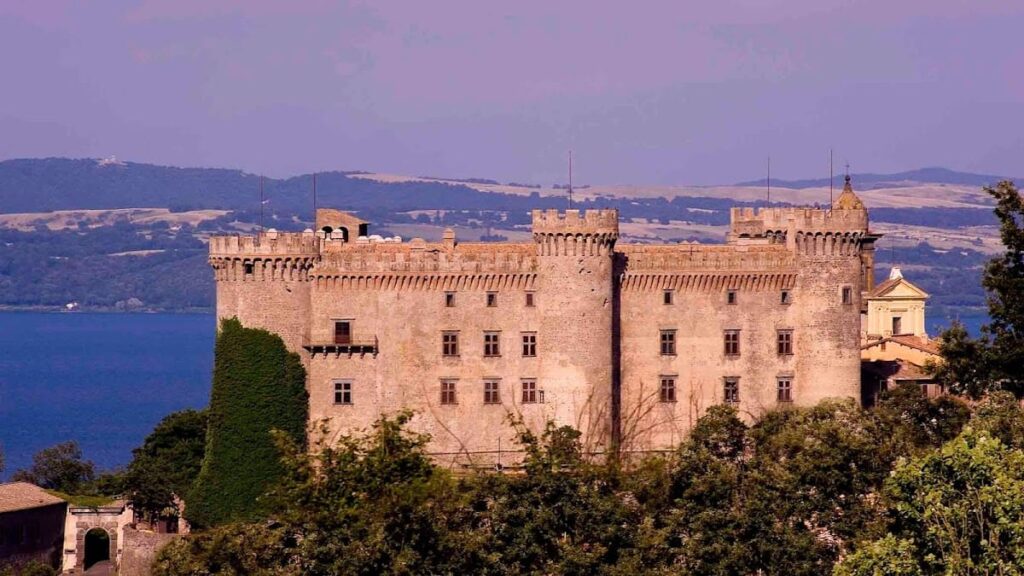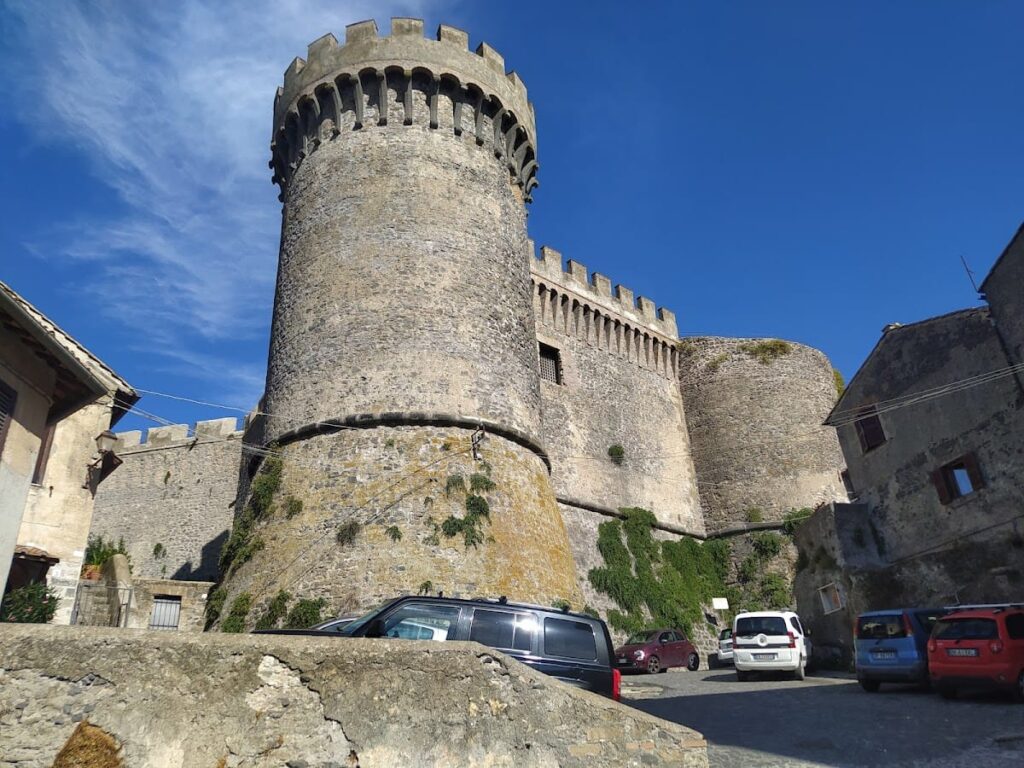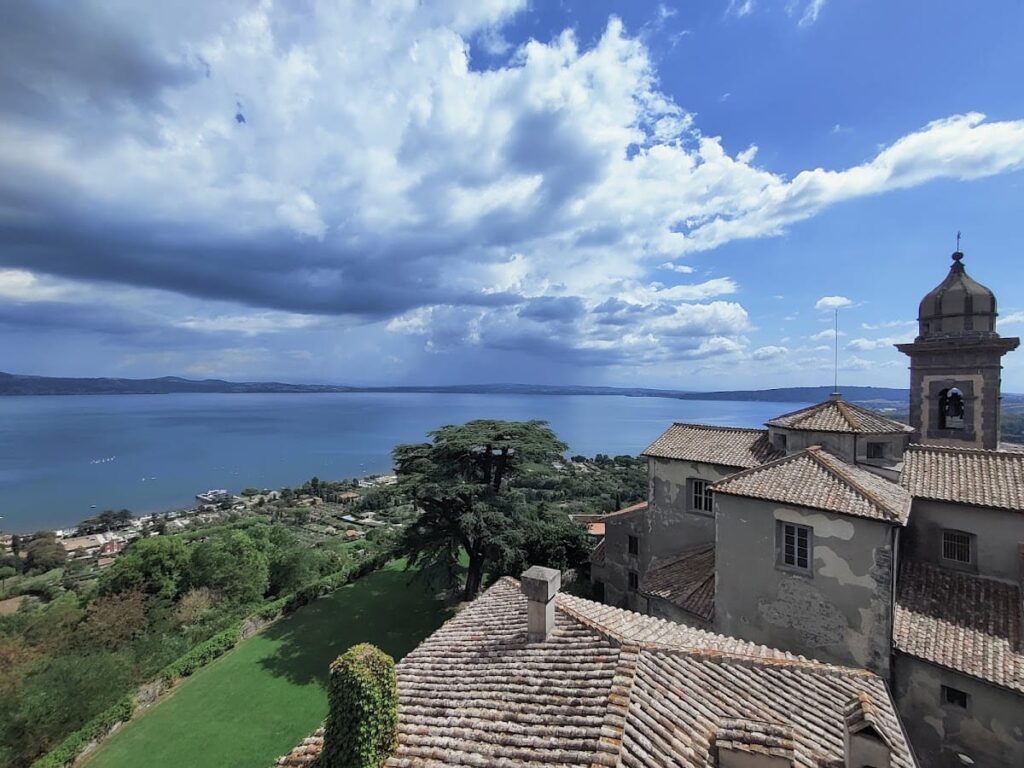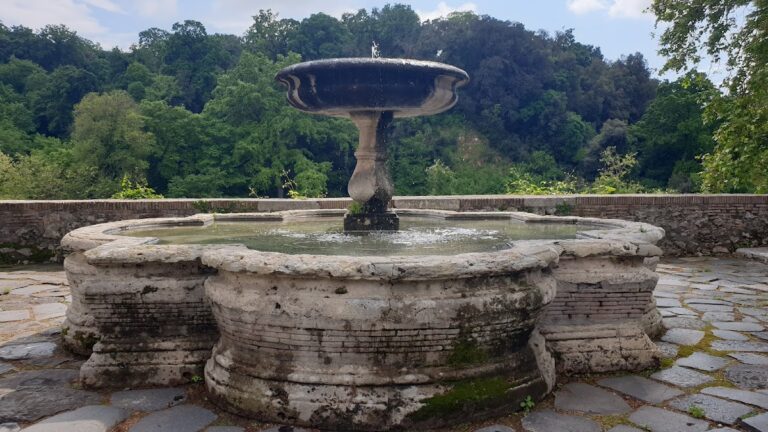Castello Orsini-Odescalchi: A Historic Fortress and Museum in Bracciano, Italy
Visitor Information
Google Rating: 4.6
Popularity: Medium
Google Maps: View on Google Maps
Official Website: www.odescalchi.it
Country: Italy
Civilization: Medieval European
Remains: Military
History
The Castello Orsini-Odescalchi stands on the southern shore of Lake Bracciano in Lazio, Italy. Its origins date back to the 10th century when a high stone tower was built as a watchtower and refuge against Saracen raids. At that time, the site was known as Castrum Brachiani. This early fortification served as a defensive stronghold in a turbulent period marked by frequent coastal attacks.
In the 11th century, the di Vico family took control of the site and expanded the original tower into a full castle. By 1234, ownership had passed to the Orsini family, a transition confirmed by historian Ferdinand Gregorovius. From 1375, the castle became papal property, reflecting its strategic and political importance in the region.
Pope Martin V officially recognized the Taljacozo branch of the Orsini family as lords of Bracciano and its lands in 1419. This confirmation led to a period of prosperity for the city and initiated a major reconstruction of the castle. Beginning in 1470, Napoleone Orsini, a condottiero or mercenary leader, began rebuilding the fortress. His son, Virginio Gentile Orsini, completed the work in 1485 with the help of architect Francesco di Giorgio Martini.
In 1481, Pope Sixtus IV sought refuge in the castle during a plague outbreak in Rome, staying in what is now called the Sala Papalina. However, just four years later, papal troops under Prospero Colonna attacked and devastated Bracciano and the castle. This assault prompted the construction of additional outer defensive walls to strengthen the fortress.
The castle was a center of conflict among powerful noble families, especially the Orsini, Colonna, and Borgia. In 1494, King Charles VIII of France stayed at the castle during his campaign against Rome. This event led to the temporary excommunication of the Orsini family. Two years later, Giovanni Borgia, son of Pope Alexander VI, unsuccessfully besieged the castle. Cesare Borgia also attempted to capture it but failed.
The 16th century marked a cultural high point for the castle and its owners. In 1558, Paolo Giordano I Orsini married Isabella de’ Medici, an alliance that elevated the Orsini to the rank of Dukes of Bracciano. Despite this prestige, the family’s fortunes declined due to extravagant spending. In 1696, the castle was sold to Livio Odescalchi, nephew of Pope Innocent XI. The Odescalchi family has maintained ownership ever since.
During the French occupation, the castle suffered looting but was later restored. In the early 20th century, Prince Baldassarre Odescalchi and architect Raffaello Ojetti undertook significant restoration, reviving the interiors and frescoes. King Umberto I of Italy briefly resided in the castle in 1900. Since 1952, under Livio IV Odescalchi, the castle has functioned as a museum and cultural venue.
Remains
The castle complex covers a large area and is shaped roughly like a triangle. It consists mainly of a massive three-winged building surrounded by strong defensive walls. Five cylindrical towers stand at the corners of the outer fortifications, with an additional defensive tower located at the center of the southwest wall. Two more round towers protect the main eastern gate.
Parts of a former outer wall that once enclosed extensive lands around the castle still survive. The entrance arch, designed in the late 16th century by Jacopo del Duca under Paolo Giordano Orsini, features the Orsini family coat of arms carved in stone.
Inside, the Sala Papalina is located within the northern tower. This room hosted Pope Sixtus IV in 1481 and has a ceiling frescoed in 1560 by the Zuccari brothers. The frescoes include wedding-themed decorations on a gold background and display the horoscope of Paolo Giordano Orsini and Isabella de’ Medici.
The castle’s courtyard forms an irregular triangle and includes a western loggia and a portal leading to the Sala dei Cesari. This portal may have been designed by Francesco di Giorgio Martini. The kitchens retain four large fireplaces and display copper cookware marked with Odescalchi family symbols. Hunting trophies are also exhibited in this area.
The six towers, five complete and one truncated, are connected by a patrol walkway. They contain stairs, corridors, and both covered and open loggias designed for defense. The castle houses extensive collections of ancient Etruscan and Roman artifacts, a rich armory with weapons dating from the 14th century onward, and fine furnishings such as a 17th-century Sicilian wrought iron bed and Renaissance wooden cassoni (decorated chests).
Frescoes by Antoniazzo Romano depict historical scenes, including the triumph of Gentile Virginio Orsini and his meeting with Piero de’ Medici. Other fresco cycles illustrate medieval court life and classical themes like the Labors of Hercules. The castle’s walls feature sculpted hunting scenes and decorative brickwork arches and pilasters.
The museum displays a wide range of art, including busts of the twelve Caesars carved in white marble and peperino stone from the 17th century. Renaissance paintings attributed to the school of Crivelli and a significant collection of Italian maiolica ceramics from the 15th to 18th centuries are also part of the holdings.
The castle’s architecture and interiors reflect multiple phases of construction and restoration from the 10th century through the 19th and 20th centuries. This blend combines military fortification with the grandeur of aristocratic residence.









